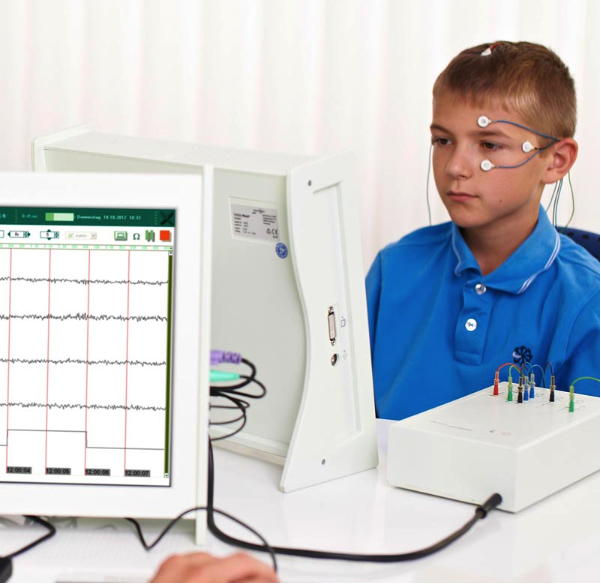Harnessing the Power of Bio Feedback to Transform Chronic Discomfort Management and Enhance Standard of Life
Harnessing the Power of Bio Feedback to Transform Chronic Discomfort Management and Enhance Standard of Life
Blog Article
Persistent discomfort is a syndrome that affects millions of individuals around the world. It can be triggered by various elements, including injuries, illnesses, or even anxiety. For many individuals, managing chronic pain can be a daily struggle that impacts their standard of life. Traditional treatments often include drugs, physiotherapeutic therapy, and sometimes surgery. However, these approaches do not always provide the alleviation that individuals seek. Lately, biofeedback has emerged as a promising option for managing chronic pain and enhancing overall well-being.
Biofeedback is a technique that educates individuals how to manage certain bodily functions by using indicators from their own bodies. This approach involves employing sensors that monitor physiological functions such as heart rate, muscle tension, and skin temperature. By offering real-time feedback, individuals can learn to identify their body's responses to pain and stress. This consciousness allows them to develop strategies to manage their pain more efficiently. For example, if a patient notices that their muscle tension rises when they are in pain, they can practice relaxation strategies to help reduce that tension.
One of the key benefits of biofeedback is that it enables individuals to take an proactive role in their pain control. Instead of depending solely on drugs or treatments from medical providers, patients can gain to understand and regulate their own physiology. This feeling of control can lead to enhanced confidence and a more optimistic outlook on life. Many individuals indicate feeling more in control of their pain and less like sufferers of their syndrome. This change in perspective can substantially improve their standard of life.
Studies has shown that biofeedback can be effective in reducing chronic pain symptoms. Studies indicate that patients who use biofeedback techniques often experience less pain and improved physical function. Additionally, biofeedback can help reduce anxiety and stress, which are common issues for those living with chronic pain. By tackling both the physical and emotional aspects of pain, biofeedback offers a holistic approach to pain management. This integrated method can lead to superior outcomes for individuals, allowing them to go now participate more completely in their routine activities.
In summary, biofeedback is a significant tool for revolutionizing chronic pain management. By teaching individuals to understand and control their physiological responses, biofeedback empowers patients to take control of their pain. This method not only helps alleviate pain but also improves overall standard of life. As more people seek alternatives to traditional pain management methods, biofeedback emerges as a potential solution. With ongoing investigation and recognition, biofeedback could become an essential part of chronic pain therapy, helping individuals lead healthier, more fulfilling lives.